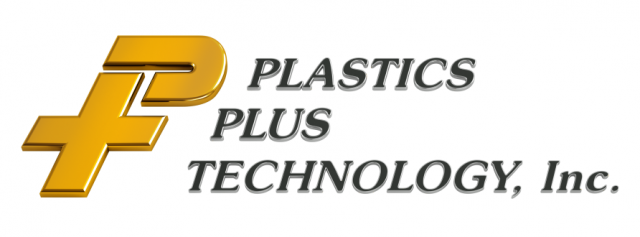Design Considerations For Overmolding
Overmolding is the process of injection molding a component using two different materials. Typically a rigid material is overmolded with a soft thermoplastic elastomer(TPE). There are many different reasons why you may choose to overmold, these reasons include: styling, weatherproofing or ergonomics. There is no doubt that you have seen parts that have been produced in this manner. Your toothbrush is a perfect example as most tooth brushes are manufactured from a rigid polypropylene material and have softer TPE grips that are overmolded. TPE overmolds can be essential for critical applications where you need a non-slip grip or better control and tactile feel.
Other types of overmolding include insert molding. A screwdriver is a great example of an insert mold. The steel screwdriver is inserted into the mold and plastic is overmolded onto the steel creating a handle. In some cases the handles can be molded with several different materials to create a different look or feel.
Product Design Considerations
As with any injection molded product, Good product design is essential to reduce cost and improve the quality of the end product.
- Wall thickness is important, a thick wall increases the cycle time and a thin wall can make your part feel flimsy.
- Gradually transition from thick to thin sections to improve flow.
- a wall thickness of .060″ to .120″ is typical for an overmolded TPE and will help to ensure that the overmold bonds to the substrate
- Keep the wall thickness of the substrate and the overmold uniform, Core thick sections to reduce the chance of sinks or voids
- Add a radius to Sharp corners to reduce stress in the molded part.
- The TPE overmold should be less than or equal to the thickness of the substrate to prevent warp
- Consider texturing the soft TPE, this reduces tendency to stick in the mold and can improve feel
- Consider material selection, Some materials will bond together when overmolded. Other materials will require feature to mechanically fix the overmolded TPE to the substrate. These features can include undercuts or mechanical interlocks.
Material Considerations
You can overmold TPE over a variety of different materials. TPEs can be formulated to bond to different materials so it is important to work with the material supplier to select the most appropriate material for your application. Here is a short list of some of the materials commonly used as the base substrate in overmolded components:
- Polycarbonate (PC)
- ABS
- PC/ABS
- Nylons
- Polystyrene
- High impact Polystyrened
- Acetal
- PPO
- Polypropylene
Tooling Design Considerations
The tooling design will be heavily dependent on your estimated annual volumes and target pricing. For very high volume parts with a low target cost, we would select tooling capable of running fully automatic. This would require specialized molding machines with multiple barrels capable of shooting more than one material at a time. The tooling is specialized and designed to fit a particular machine. These types of molds can be very expensive.
For lower volume parts, an operator or robot can manually place the substrate into the tooling and overmold the soft material. This process will require two tools, one to produce the substrate and another to produce the overmold. This can be done in a typical molding machine using a single barrel but would require multiple setups and a full time operator. The cost is higher but this is a better option for lower volume parts.
